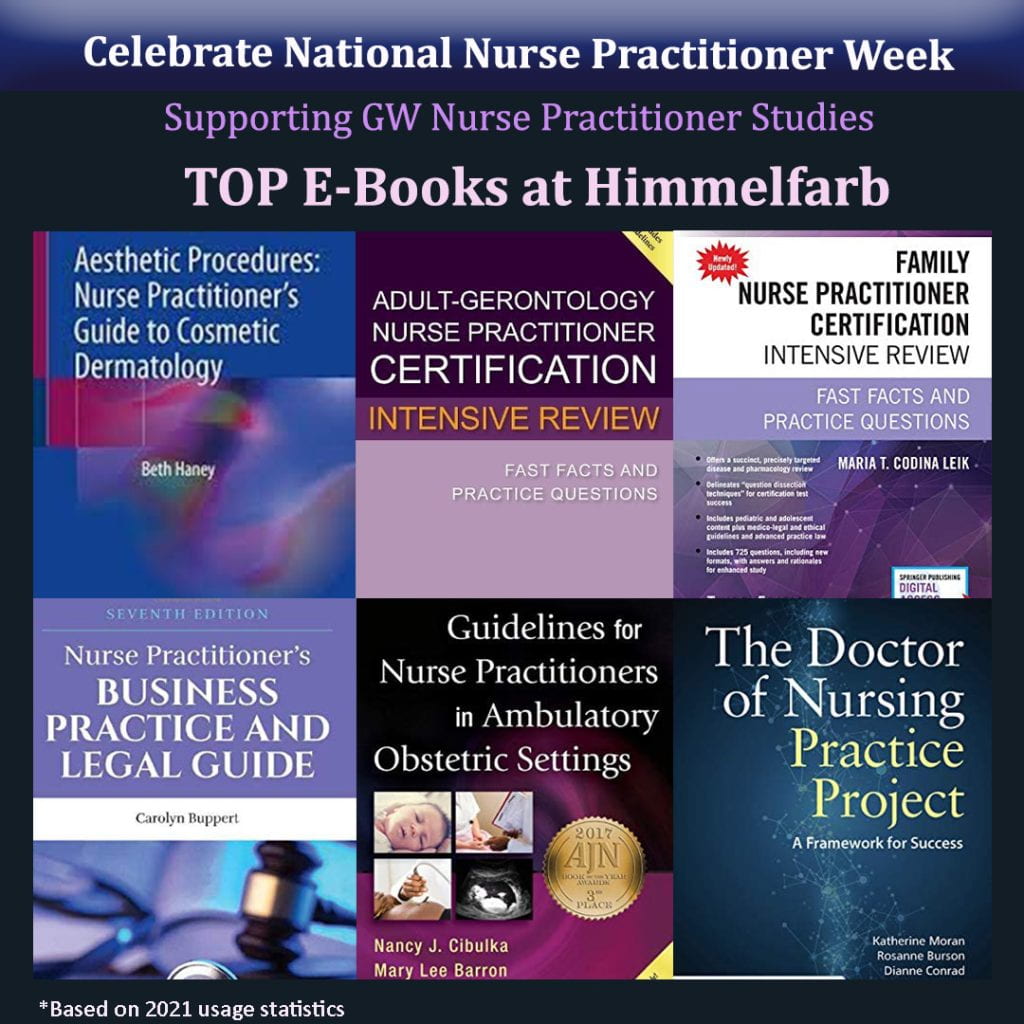
Photo by SHVETS production from Pexels: https://www.pexels.com/photo/woman-weighing-on-scales-in-studio-6975474/
Warning: This post contains discussion of murder and eating disorders.
At the turn of the 20th century, there was a doctor who literally starved her patients to death. Dr. Linda Hazzard did not have a medical degree, but she was nevertheless licensed by the state of Washington as a practitioner of alternative medicine. Hazzard called herself a fasting specialist, and her methods were rooted in her belief that all health issues were caused by consuming too much food. She treated her patients by making them fast for long periods of time in order to let the digestive system “rest”. They would consume only small portions of vegetable broth, take enemas, and be subjected to violent so-called “massages”.
That doesn’t sound like a very pleasant course of treatment, so you might be surprised to learn that Hazzard was very popular in her time. She attracted many patients to her Institute of Natural Therapeutics in Olalla, WA, which opened in 1907. Her most famous patients were the British sisters Claire and Dora Williamson, who came to the institute in February 1911. The sisters had a number of minor ailments and were hopeful that Hazzard’s methods held the cure.
For two months, the sisters consumed no more than two cups of broth a day and endured hours-long enemas. When their friend Margaret Conway received a note from one of the sisters that concerned her, she came to visit them. But she was too late – as soon as Margaret arrived, she was told that Claire had just died. Dr. Hazzard, who had performed Claire’s autopsy herself, explained Claire’s death as the result of drugs administered in her youth which had eventually caused cirrhosis of the liver. Margaret, who had been the sisters’ childhood nurse, thought that explanation seemed unlikely. And then she saw Dora – or what was left of her. At this point the nearly skeletal Dora weighed only about 50 pounds (Lovejoy, 2014). Margaret was now convinced that Claire had starved to death and Dora was next in line.
What leads to starvation? Sadly, of course, there are many people in the world who lack basic access to food, and they might succumb to starvation. There are also a number of reasons that people might make the choice to abstain from eating for long periods of time, such as religious practice or as a political statement, but reports of people dying from voluntary starvation in this way have been limited to extreme cases. In developed countries, death by starvation is most often associated with eating disorders such as anorexia nervosa, a psychiatric illness characterized by extreme calorie restriction and disturbed body image. Although we do not know whether the Williamson sisters suffered from anorexia, an examination of the physical effects of anorexia, starvation, and extreme weight loss in general can give us a sense of what happened to the women.
As starvation sets in, nutrient scarcity leads to a decrease in basal metabolism, and the resting metabolic rate (RMR) and heart rate both drop (Olson et al., 2020). Without proper nutrition, the body starts breaking down muscles for protein and fat for energy. People with anorexia often have sarcopenia and loss of skeletal muscle mass (Cost et al., 2020). Starvation can also cause hypoglycemia (Cost et al., 2020; Palmer et al., 2021). This can lead to ketoacidosis and liver failure. Extreme weight loss also affects bone development, sometimes leading to irreversible osteoporosis (Epocrates).
Extreme weight loss can cause an abundance of issues with all of the body’s physiological systems, including the cardiac, reproductive, renal, and gastrointestinal systems (Epocrates). Cardiac issues can range from myocardial atrophy to pericardial effusion and even sudden cardiac death (Cost et al., 2020). On the gastrointestinal level, constipation, diarrhea, and functional bowel disorders are common complaints in people with extreme weight loss (Cost et al., 2020).
Back at the institute, Margaret’s horror only increased once she learned that Hazzard had been appointed executor of Claire’s estate and legal guardian of Dora. Along with John Herbert, the sisters’ uncle, Margaret convinced Hazzard to allow Dora to depart from the institute (only after Herbert paid an extortionate amount of money that Hazzard claimed Dora owed in medical bills). Herbert and another man, Lucian Agassiz, then decided to research Hazzard further. They discovered that Hazzard was connected to the deaths of several other wealthy people – more than a dozen – many of whom had signed over their estates to her. They now believed that Hazzard was less a doctor and more a manipulative serial killer.
Agassiz initiated a court case against Hazzard. In August 1911, Hazzard was charged with the first-degree murder of Claire, although she continued to claim her innocence. In February 1912, Hazzard was convicted of manslaughter. She served two years in prison and had her medical license revoked. However, in 1920, Hazzard was able to return to Olalla to re-establish her institute, now called the School of Health, where she worked until 1935 when the institute burned down. In the late 1930s, Hazzard fell sick and undertook a fast of her own; she died.
Do you know of another interesting true crime case with medical connections? Email Rachel Brill at rgbrill@gwu.edu.
References and Further Reading:
Cost J, Krantz MJ, & Mehler PS. (2020). Medical complications of anorexia nervosa. Cleveland Clinic Journal of Medicine, 87(6), 361–366. https://doi.org/10.3949/ccjm.87a.19084 https://proxygw.wrlc.org/login?url=https://www.ccjm.org/content/ccjom/87/6/361.full.pdf
Epocrates. Anorexia nervosa. Accessed May 19, 2022. https://proxygw.wrlc.org/login?url=https://online.epocrates.com/diseases/440/Anorexia-nervosa
Lovejoy, B. (2014, October 28). The Doctor Who Starved Her Patients to Death. Smithsonian Magazine. https://www.smithsonianmag.com/history/doctor-who-starved-her-patients-death-180953158/
Olsen, G. (2005). Starvation Heights: A True Story of Murder and Malice in the Woods of the Pacific Northwest. Crown.
Olson B, Marks DL, Grossberg AJ. (2020). Diverging metabolic programmes and behaviours during states of starvation, protein malnutrition, and cachexia. J Cachexia Sarcopenia Muscle, 11(6):1429-1446. doi: 10.1002/jcsm.12630. Epub 2020 Sep 28. PMID: 32985801 https://proxygw.wrlc.org/login?url=https://onlinelibrary.wiley.com/doi/10.1002/jcsm.12630
Palmer BF, Clegg DJ. (2021). Starvation Ketosis and the Kidney. Am J Nephrol., 52(6):467-478. doi: 10.1159/000517305. Epub 2021 Jul 19. PMID: 34350876. https://proxygw.wrlc.org/login?url=https://www.karger.com/Article/FullText/517305
Washington State Archives. (n.d.) Linda Burfield Hazzard: Healer or Murderess? https://www.digitalarchives.wa.gov/Collections/TitleInfo/2508













